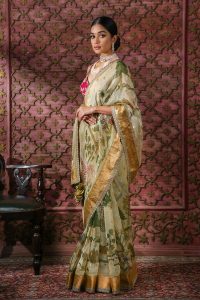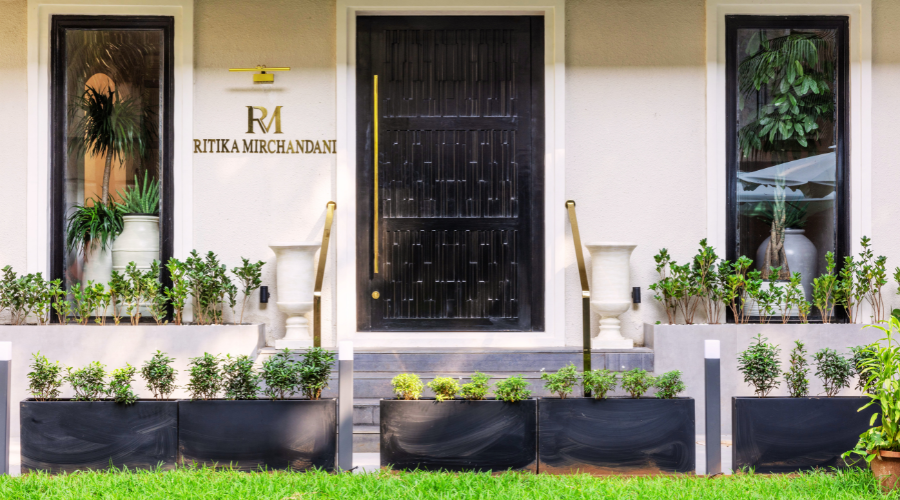India’s handloom sector in our country is a reflection of our history, culture and heritage. Besides being our crowning jewel, it is one of the most significant sources of income for the country’s population. Sustainable and slow in the process, the handloom industry is environmentally mindful and also accommodates 70% of women in the workforce. Every year since 2015, 7th August is celebrated as National Handlooms Day, championing the real champions of our country.
While the handloom community needs to be celebrated all year round, on this designated day, the fashion fraternity and the government emphasises conversations around benefitting the sector and improvising their livelihoods. To further elevate the purpose of this day, here are 5 lesser-known weaves that deserve our attention. In case you’re planning to add more sari’s to your heirloom treasure, here’s your sign.
1. Venkatgiri

Venkatagiri Sarees are handwoven zari cotton sarees popular for their Jamdani style weaving pattern and are one of the softest and most durable south sarees in India. They are usually six yards and are suitable for all climates. The distinctive feature of a Venkatagiri saree is a big Jamdani motif of a peacock, parrot, swan, mango or leaf in the pallu.
Available at: Archana Jaju
2. Bhujodi

Bhujodi weaving is a craft that takes its name from ‘Bhujodi’, a small village in ‘Kutch’ where this craft is practised. The signature element of these weavers is how simple geometric motifs are aesthetically arranged and woven into the fabrics.
Available at: Anita Dongre
3. Ahimsa Silk

4. Kani

The Kani weaves are a refined combination of Khadi and wool. Kani weaving is intricate and the level of craftsmanship that goes into it is extremely consuming, as an artisan cannot create more than an inch of it in a day. This is the kind of weave that has a history so beautiful, it will be like passing on a piece of art.
Available at: Gaurang Shah
5. Pochampalli Ikat

Pochampalli Ikat stems from Bhoodan Pochampally in the Nalgona District, Telangana State. What makes this weave distinctive is that the warps and weft threads are coloured or dyed first and then added to the loom to create the fabric. In India, this process is carried out with the help of Batik and wax.
Available at: Jaypore
For more on textiles and weaves, tap here.
























